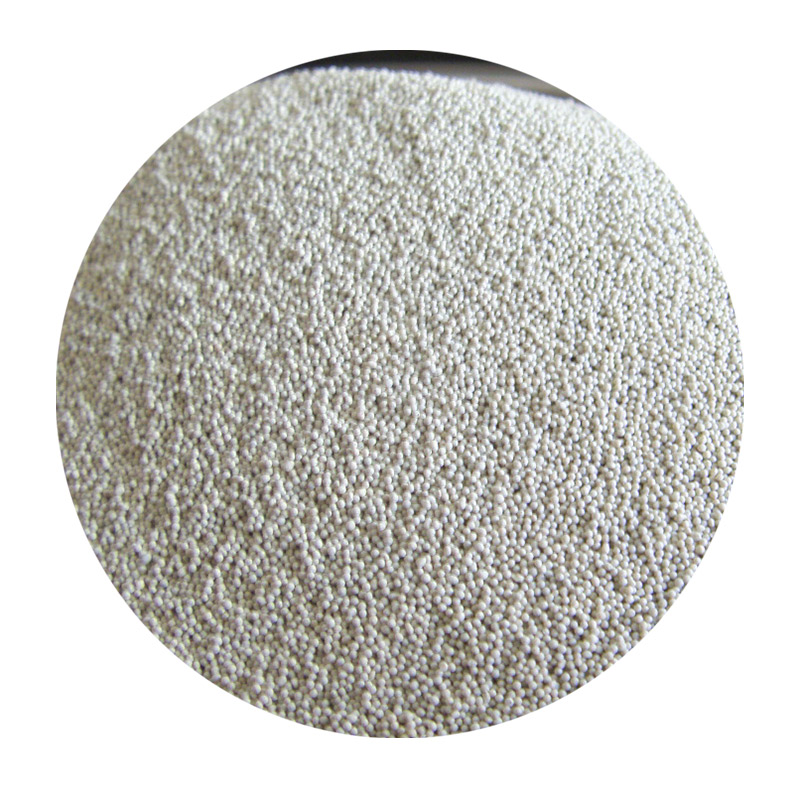Stainless Steel Sand Casting Foundry A Comprehensive Overview
In the realm of manufacturing, the significance of casting processes cannot be overstated. Among these processes, sand casting stands out due to its versatility, cost-effectiveness, and ability to produce complex shapes. When combined with stainless steel, a material celebrated for its corrosion resistance and mechanical properties, sand casting can yield exceptional results. This article explores the intricacies of stainless steel sand casting foundries, the advantages it holds, and its various applications.
Understanding Sand Casting
Sand casting is one of the oldest and most widely used metal casting processes. It involves creating a mold from a mixture of sand, clay, and water. The process begins with the formation of a pattern, which is a replica of the desired final product. The pattern is placed in sand to form a mold cavity, where molten metal will later be poured. Once the metal solidifies, the sand mold is removed to reveal the cast component.
Why Stainless Steel?
Stainless steel is an alloy composed primarily of iron, with significant amounts of chromium and nickel. The addition of chromium provides resistance against oxidation and corrosion, making stainless steel suitable for demanding environments. Its strength, aesthetic appeal, and resilience to extreme temperatures and pressures make it ideal for numerous applications across diverse industries, including aerospace, automotive, construction, and medical.
The Advantages of Stainless Steel Sand Casting
1. Complex Geometries The sand casting process allows for intricate designs that would be challenging to achieve with other manufacturing techniques. This capability is particularly beneficial in industries requiring specialized components, such as aerospace and medical devices.
2. Material Efficiency Sand casting utilizes patterns made from various materials, which can be reused multiple times. This reduces waste and enhances material efficiency, making it a sustainable choice for many manufacturers.
3. Cost-Effectiveness Compared to other casting methods, such as investment casting, sand casting is relatively affordable. The starting materials and processes have lower associated costs, making it an attractive option for both small and large production runs.
4. Custom Alloy Composition Foundries can easily adjust the alloy makeup to meet specific requirements. This flexibility ensures that the final product possesses the desired mechanical and physical properties tailored to the application.
5. Durability and Strength Components made from stainless steel are known for their durability. They can withstand harsh environmental conditions, making them suitable for industrial applications.
stainless steel sand casting foundry

Process of Stainless Steel Sand Casting
The process typically follows these steps
1. Pattern Creation A pattern is crafted, commonly made out of metal or plastic, to form the mold cavity. 2. Mold Preparation A mixture of sand and a bonding agent (often clay) is packed around the pattern to form the mold. The pattern is removed thereafter, leaving a space in the shape of the desired part.
3. Melting the Metal Stainless steel is melted in a furnace at high temperatures, typically ranging from 1400°C to 1600°C.
4. Pouring The molten stainless steel is poured into the mold.
5. Cooling The cast is allowed to cool and solidify. The cooling time varies depending on the thickness of the part.
6. Mold Removal and Finishing After cooling, the sand mold is broken away, and the cast is cleaned and machined as necessary to achieve the required specifications.
Applications of Stainless Steel Sand Castings
Stainless steel sand castings are utilized in various sectors. In the aerospace industry, components such as brackets and housings benefit from the strength and heat resistance of stainless steel. The automotive industry employs these castings for parts that require high toughness and wear resistance, such as engine blocks and transmission cases. Additionally, medical devices and equipment often rely on stainless steel castings for their sanitary properties and durability.
Conclusion
In conclusion, stainless steel sand casting foundries play a pivotal role in the modern manufacturing landscape. Combining the adaptability of sand casting with the advantageous properties of stainless steel opens up a world of possibilities for producing robust, intricately designed components. As industries continue to seek innovative solutions for their manufacturing challenges, the importance of stainless steel sand casting is likely to remain paramount. By capitalizing on the strengths of this process, foundries can meet the demands of increasingly complex applications while ensuring quality and efficiency.
Post time:نويابىر . 11, 2024 17:58
Next:cheap sand casting
